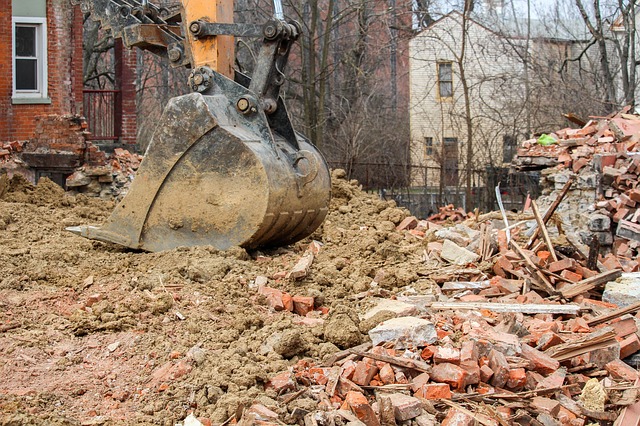
In the civil construction field, the word “demolition” refers to the process of bringing down residential and commercial buildings with the help of sophisticated equipment. Demolition contractors Vancouver companies offer many types of services to their clients. All these services fall under one of the two broad headings of small scale or large scale. What are large-scale demolition services, and how are they different from small-scale demolition services? Keep reading to know more about the same.
Large Scale vs. Small Scale Demolition Services
Planning for the demolition project by assessing the building and the neighborhood, deciding on the type of demolition for the building, and post-demolition cleanup are the three most common steps involved in any demolition project, whether carried out on a large scale or small scale. While all the basic operations are the same, the scale on which they are carried out defines a particular demolition as large scale or small scale.
Small Scale Demolition Services
When the building to be demolished is less than three storeys in height, it is classified as a small-scale demolition project. The building could be residential or commercial. The purpose of the building doesn’t have a say in defining the scale of the project. The height of the building is the main reason, based on which a demolition project is classified as small scale or large scale.
In small-scale demolition projects, the process is quite easy, and takes less time to complete. It doesn’t demand the use of highly sophisticated or advanced equipment, either.
Large Scale Demolition Services
Demolishing buildings and structures that are more than three storeys tall is classified as a large-scale demolition process. As the name indicates, the operations are carried out on a very large scale here. Here are some points to note about large scale demolition services:
- Since the buildings to be demolished are huge, large-scale demolition projects require meticulous planning and a detailed analysis of the building.
- The success and reputation of demolition contractors Vancouver companies are directly proportional to their professionalism while demolishing large-scale projects and big-sized buildings.
- Demolishing big buildings can generate a lot more noise, dust and pollution than what would emanate from the demolition of small-sized buildings. Hence, it is important to require special permits and no-0bejction certificates from the neighborhood before big buildings or structures are demolished.
- Implosion, or the process of using explosives while demolishing a building, is the most common type of process followed while demolishing huge structures. It is easier to bring down a building this way. In the implosion process, explosives are placed in the key structural elements of the building, and they are set off to bring the building down in a jiffy.
- When the building is huge, the conventional wrecking ball is used to bring down its upper portions first. The huge ball, suspended against a crane, knocks the building with a huge blow, and demolishes the upper layer within minutes. As this falls on the layers below it, other types of demolition are implemented to complete the process.
